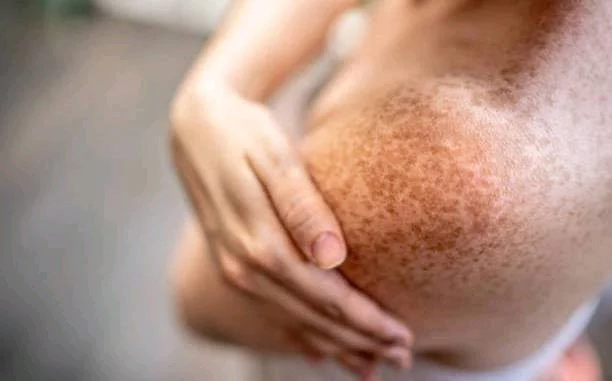
The human body is an incredible mechanism, capable of amazing feats of strength, endurance, and agility. Our bodies start an incredible process of growth and development the moment we’re born. Nonetheless, the size of a person’s bones does not change from the moment they are born until the time they die….CONTINUE READING
It’s a common misunderstanding that once we reach adulthood, our bones stop changing and strengthening themselves, yet this is far from the case. Bone remodeling is an ongoing process that is essential to maintaining a healthy skeleton.
Osteoclasts are bone cells responsible for disassembling and eliminating damaged or obsolete bone as part of the remodeling process. Bone resorption leads to the creation of tiny pores in the bone. New bone tissue is made by cells called osteoblasts once the holes have been established. The density and strength of bones can be maintained to a healthy degree through proper bone formation.
Bone remodeling is a lifelong process, but it becomes less rapid as we become older. During childhood and adolescence, the rate of bone synthesis is greater than the rate of bone resorption, leading to an increase in bone mass. This is because rapid bone growth causes adolescents and teenagers to normally experience considerable increases in height.
But as we reach our mid-20s, bone development slows dramatically, and bone resorption takes over. Once we reach this age, our bones stop growing both in bulk and size.
The fact that our bones have to change over our lives may seem like a disadvantage, but it’s actually a crucial adaptation that ensures our bones are healthy and strong. Because of the equilibrium that occurs between bone production and resorption, our bones are able to maintain their strength and density even as we age and our bodies go through other changes.
Both height and weight gain, as well as bone density, can be affected by factors outside of those that occur naturally during childhood and adolescence. In example, variables like diet and exercise can help maintain bone health.
Healthline recommends getting plenty of calcium and vitamin D through your diet if you want strong bones. These nutrients help in bone growth and may prevent or reduce the age-related decline in bone density. Foods like salmon, dark greens, and dairy products are great sources of calcium and vitamin D.
Exercising helps with bone health just like it helps with muscle health. Bone health can be improved through weight-bearing exercises including walking, jogging, and jumping. Strength training, such as weightlifting, can also benefit bones.
Even while our bone size is not likely to change significantly as we get older, we still need to take steps to ensure that our bones remain healthy and dense. Our ability to maintain strong, healthy bones as we age depends on our commitment to a lifestyle of regular activity and a balanced diet. Taking care of our skeletons ensures that we will be mobile and strong for the rest of our lives….CONTINUE READING